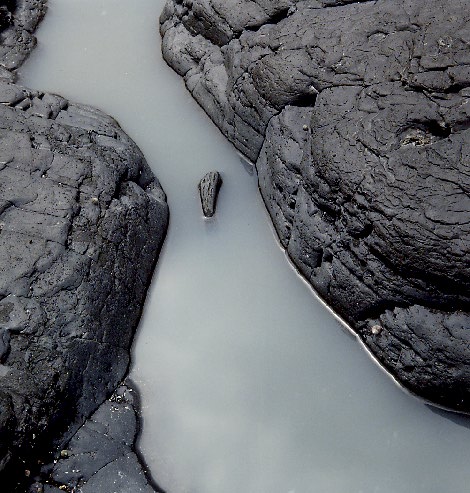

So off I went again into the little darkened room armed with instruction manual, a variety of black and white and colour negatives and a few transparencies, the aim being to assess the performance of the M370 Easycolour.

Made on Sterling paper, this print exhibited excellent contrast, even illumination and sharpness
The contrast grade is shown in half-grades on the two filter setting wheels marked Yellow/Blue and Green/Magenta. The chosen grade is selected by dialling in the grade number on the two filter wheels. The grades are actually in bands so the chosen grade can be biased toward either the soft or hard end of the band. This feature is useful when using papers other than Ilford Multigrade IV in that the differences in the filtration values can be corrected quite easily, after a little experimentation to determine where to set the filtration value for the paper that you are using.
In practice, I found the grades to be consistent with previous tests that I have carried out on variable contrast papers in that they are similar to Ilford filtration values. They do print about one grade harder than Agfa Multicontrast Classic and are in line with Ilford papers. Generally, the M370 produced very acceptable black and white prints when using the variable contrast filtration values.
The three filter wheels are marked blue/yellow, green/magenta and red/cyan and have wedge-shaped blocks of the appropriate colour shown on the face. To dial in less colour the wheel is simply turned to the thin end of the wedge. The outer edge of each filter wheel is divided into numeric values to allow a chosen filtration value to be dialled in.

This RA-4 paper print, on Tetenal Work paper, is a subject which calls for perfect filter balance. It's actually a polluted rock pool in the north of Scotland. The M370 allowed a good print with very few tests.
The simplicity of this filtration system makes it easy to understand and use. Once the cast has been identified the filtration system guides the photographer in the direction needed to correct it. It eliminates one of the problems that many photographers encounter when making colour prints - that is, which colour to take out or put in. The manual suggests that the factory setting on the filter system will produce an acceptable print with the Zero filter setting when using Kodak Ektacolor paper. I used RA4 paper and made the first print on the Zero setting, but needed to increase the blue filtration by ten units and reduce red and magenta by 10 units each.
Prints made from transparencies were produced in much the same way, and my example below on Ilfochrome (Cibachrome) high gloss paper had all the quality needed for a facsimile reproduction in our printed edition.

I did find that my 16 x 12 R R Beard masking frame could not sit on the base board and pick up the whole of the projected image if using a strip of negatives. A single negative in the carrier allowed me to use the masking frame as normal. The illumination of the filter wheels is not good, and I did experience some difficulty in reading the values even though I do have a bright safelight in my darkroom.
The 6 x 7 conversion kit was easily fitted in about five minutes and worked without any problems. As mentioned earlier, the focusing is accurate even into the corner of the negative projected which would seem to indicate that the whole assembly is level and square. With a Nikon 80mm lens stopped down to f32 and the head at the top of the column the illumination appears remarkably even. I placed a piece of paper in the centre and at each corner of the base board and exposed to mid grey, and could detect no noticeable change in the tone of any of the five pieces of paper.